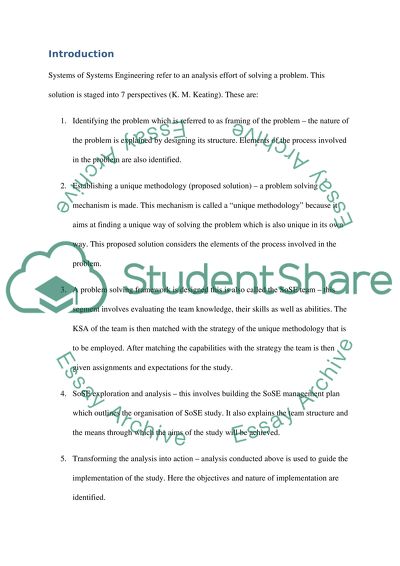Cite this document
(“The Tour de France: A Systems of Systems Analysis for Rider Security Term Paper”, n.d.)
The Tour de France: A Systems of Systems Analysis for Rider Security Term Paper. Retrieved from https://studentshare.org/systems-science/1400233-the-tour-de-france-a-systems-of-systems-analysis
The Tour de France: A Systems of Systems Analysis for Rider Security Term Paper. Retrieved from https://studentshare.org/systems-science/1400233-the-tour-de-france-a-systems-of-systems-analysis
(The Tour De France: A Systems of Systems Analysis for Rider Security Term Paper)
The Tour De France: A Systems of Systems Analysis for Rider Security Term Paper. https://studentshare.org/systems-science/1400233-the-tour-de-france-a-systems-of-systems-analysis.
The Tour De France: A Systems of Systems Analysis for Rider Security Term Paper. https://studentshare.org/systems-science/1400233-the-tour-de-france-a-systems-of-systems-analysis.
“The Tour De France: A Systems of Systems Analysis for Rider Security Term Paper”, n.d. https://studentshare.org/systems-science/1400233-the-tour-de-france-a-systems-of-systems-analysis.


